Lovesick: The Transfection
What if love could spread like a virus?
In Lovesick I worked in a collaboration with research scientists at Integral Molecular, a biotechnology company specialized in antibody discovery, to create a custom retrovirus which infects its human host with a gene that increases the production of oxytocin. The hormone oxytocin is implicated in feelings of love and bonding, and the promotion of empathy and connection. The work is envisioned as an activist intervention, to spread affection and attachment and to combat the alienation and hate of the present.
I designed small glass vials to contain the virus, shaped like different energy states of the oxytocin molecule, that can be broken open and consumed orally. The form expresses the uniqueness of what the person is about to do, and in referencing the style of a cyanide capsule, also conveys the gravity and irreversibility of the act.
The installation consists of the vials of glowing virus, video of the microscopic cells expressing their infection, and an audio narrative imagining what this "lovesick future" might look like. It includes a piece of music based on a 14th century ballad by Francesco Landini that tells the story of a woman struggling with a love that is in vain. I have re-written the song to list instead the letters representing the proteins contained in the oxytocin molecule.
I imagine a lovesick future in which individuals, couples, and groups consume this virus by smashing open the glass vials, pouring the fluid into their mouths, incubating it there for several seconds, then swallowing, while chanting together, or humming to themselves, "CYIQNCPLG."
The installation is accompanied by a series of photographic prints that evidence the work I have done in the lab. Human embryonic kidney cells (HEK293) and human T lymphocyte cells (Jurkat) are presented under both bright field and fluorescent microscopy, at varying magnifications. Under blue or green fluorescent light, you can see the infected cells glow bright red, demonstrating they have been effectively genetically modified by the virus.
Thank you for your support and participation:
Ben Doranz
Angela McQuillan
Tabb Sullivan
Tom Charpentier
Integral Molecular
University City Science Center BioArt Residency Program
Esther Klein Gallery
Timothy Day
Alexander Rosenberg
Jörg Blumtritt
Fridman Gallery
STRP Biënnial
New Network Normal
Abandon Normal Devices
Karen Schaupeter
Myeong Soo Kim
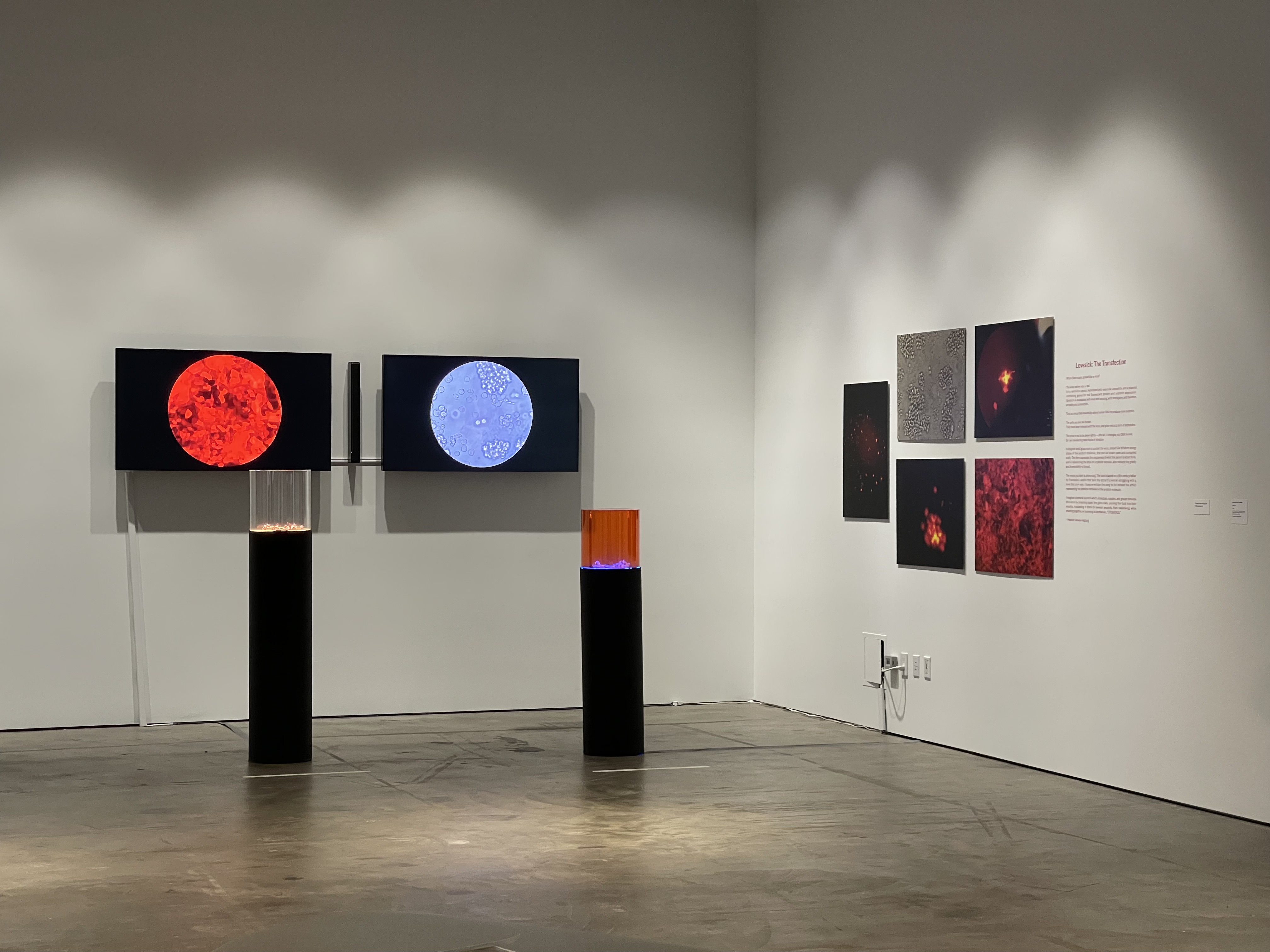
Installation view, McEvoy Foundation San Francisco
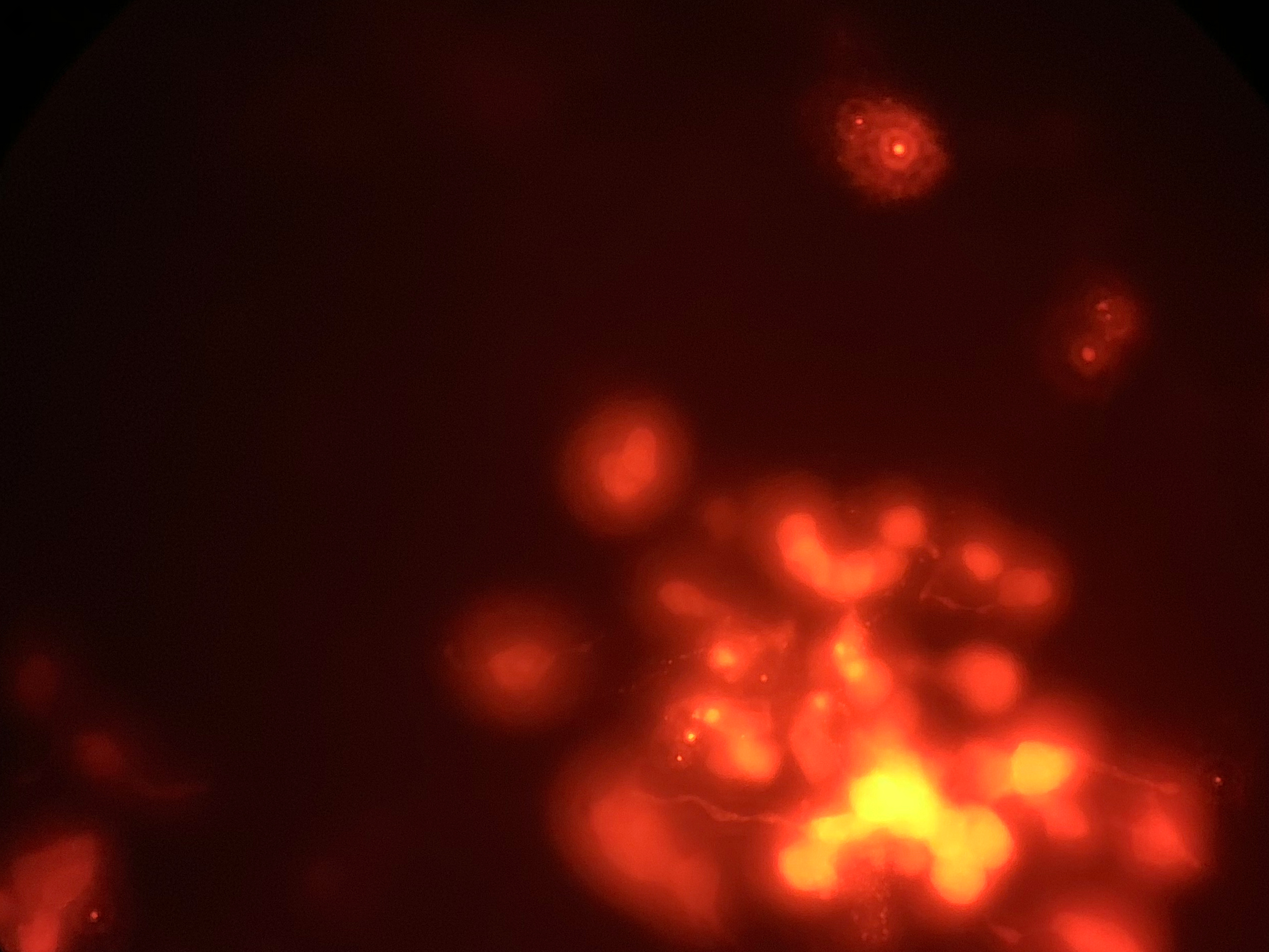
HEK293 producer cells expressing RFP 400x magnification
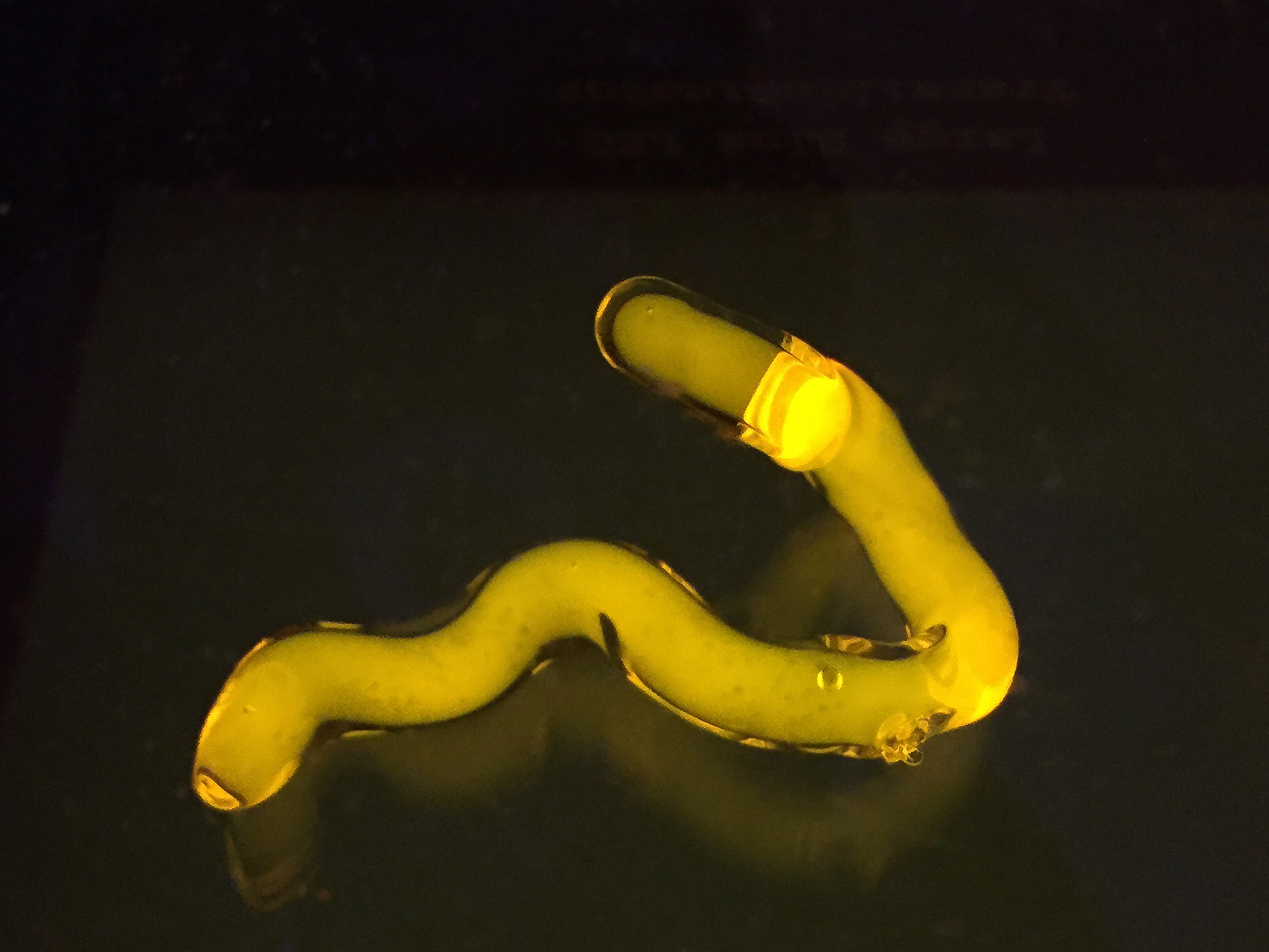

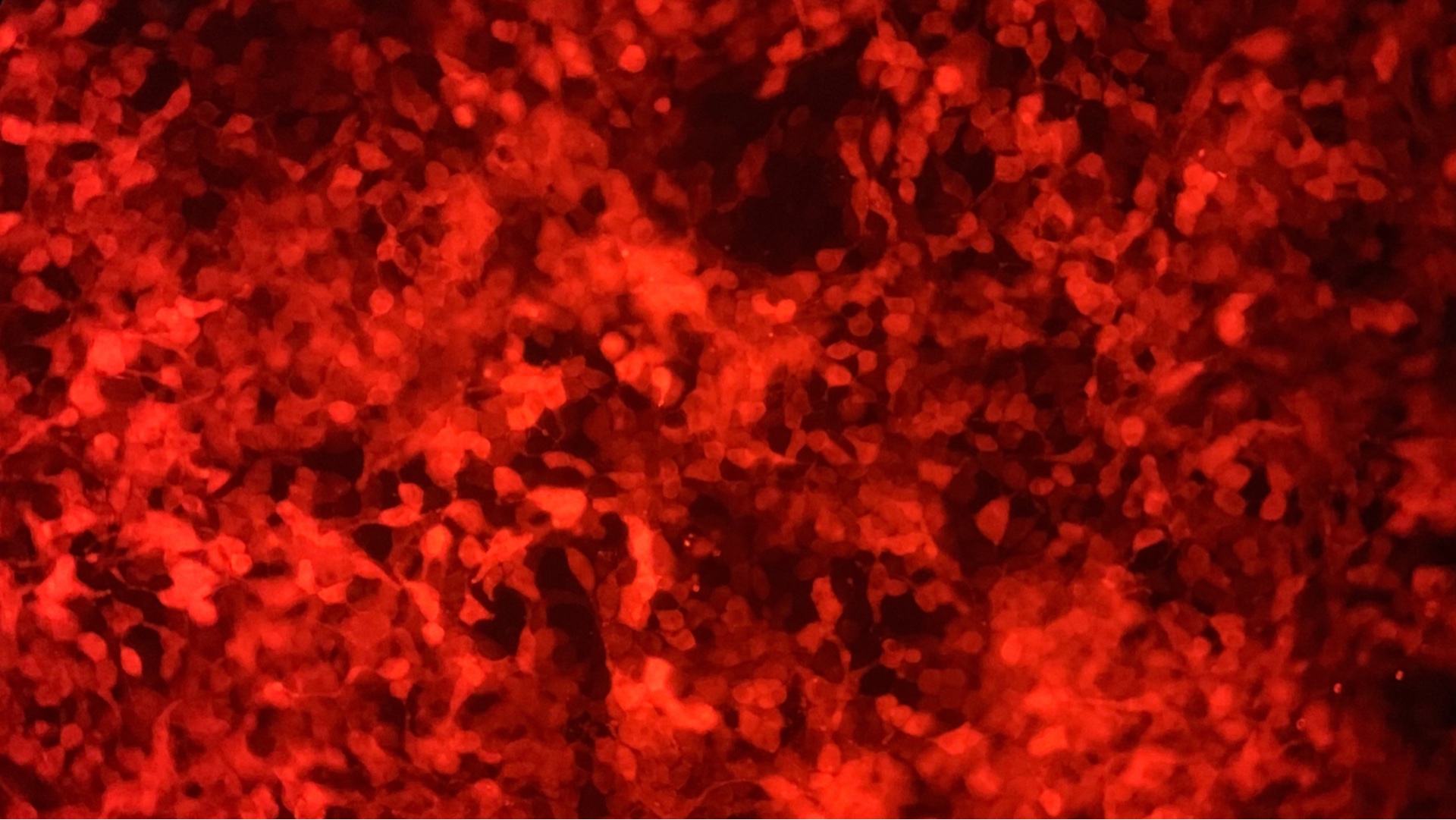
HEK293 cells expressing RFP 100x magnification
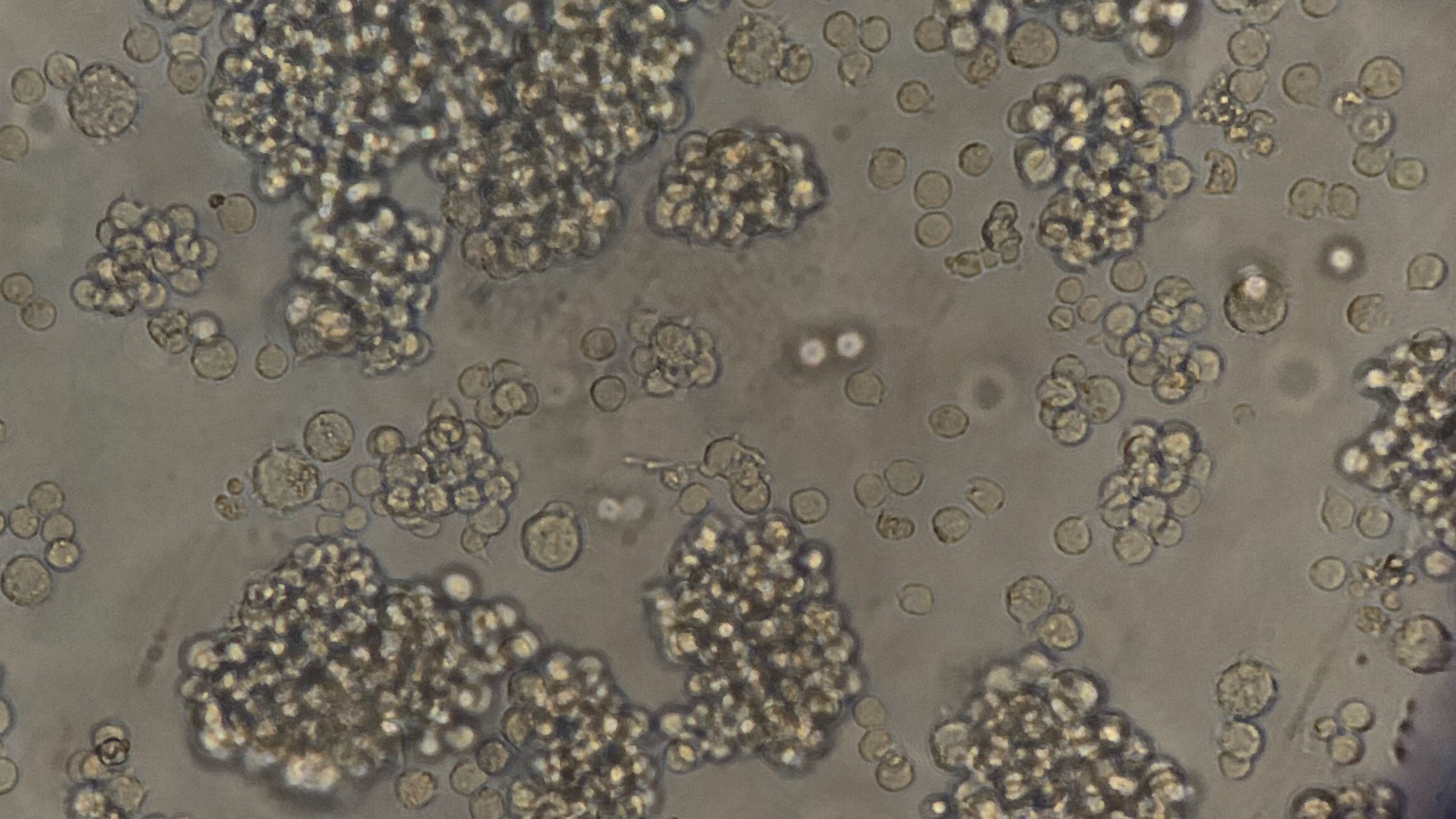
Jurkat cells brightfield 100x magnification
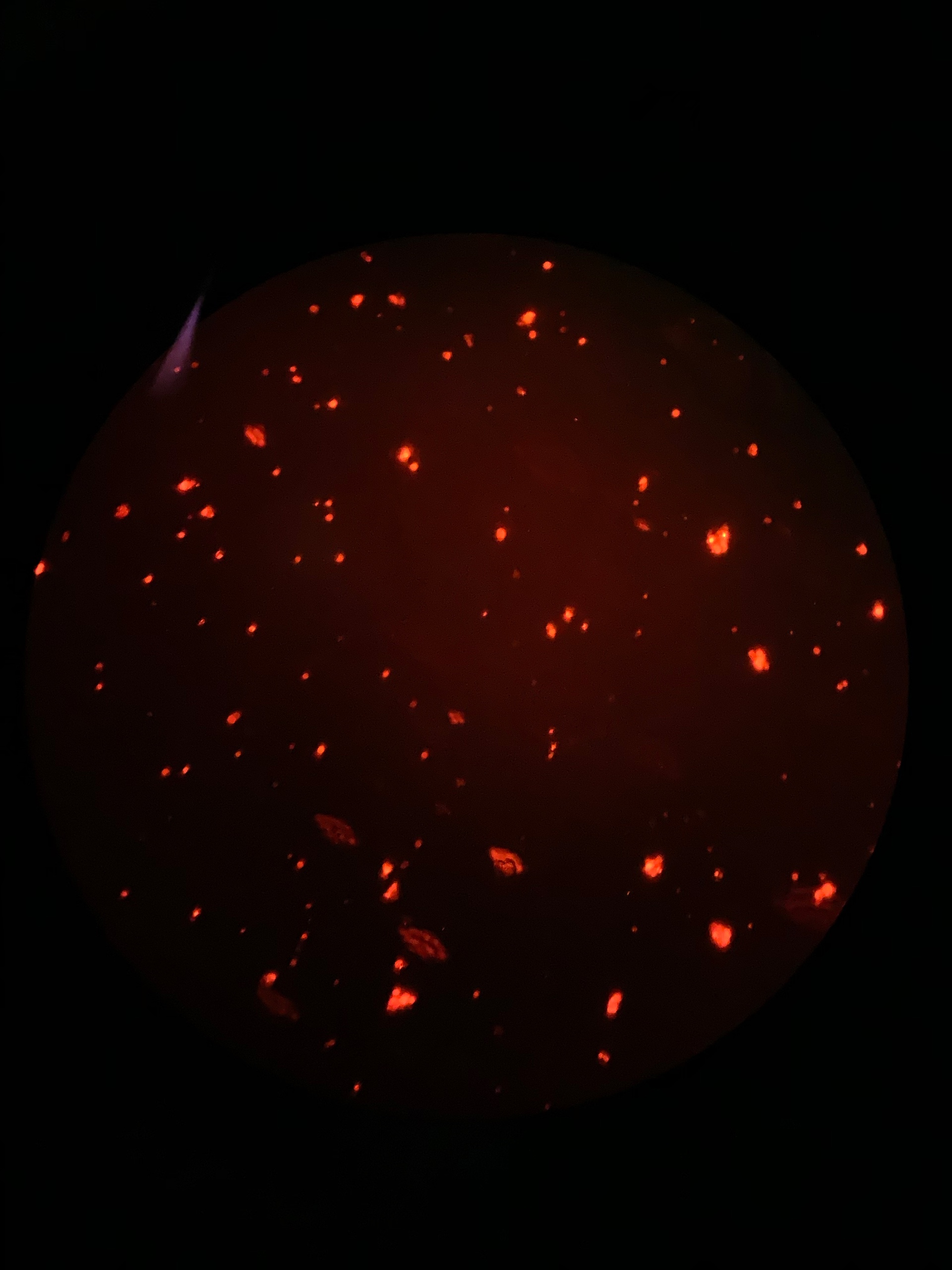
Jurkat cells expressing RFP 40x magnification
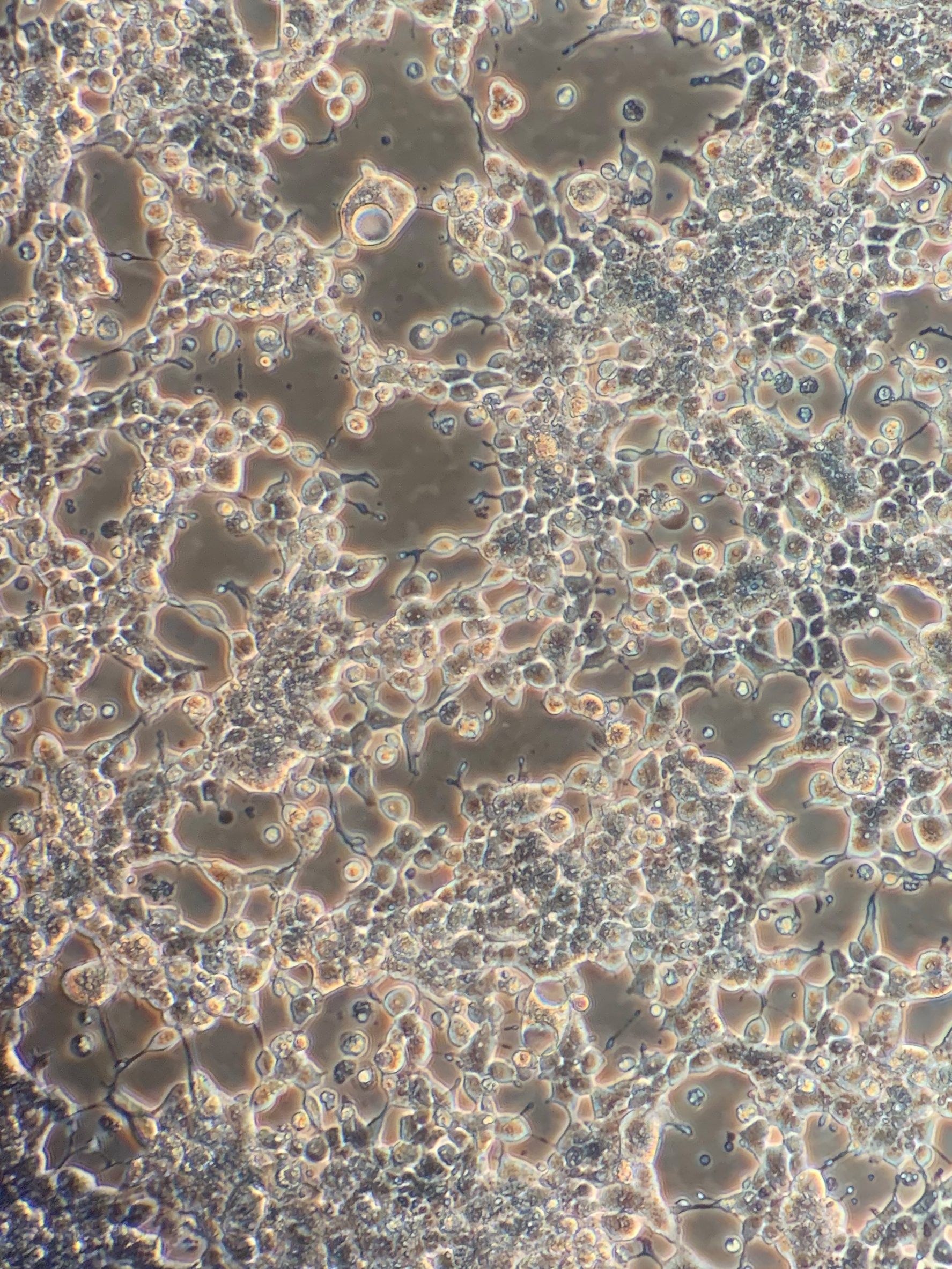
HEK293 cells brightfield 200x magnification